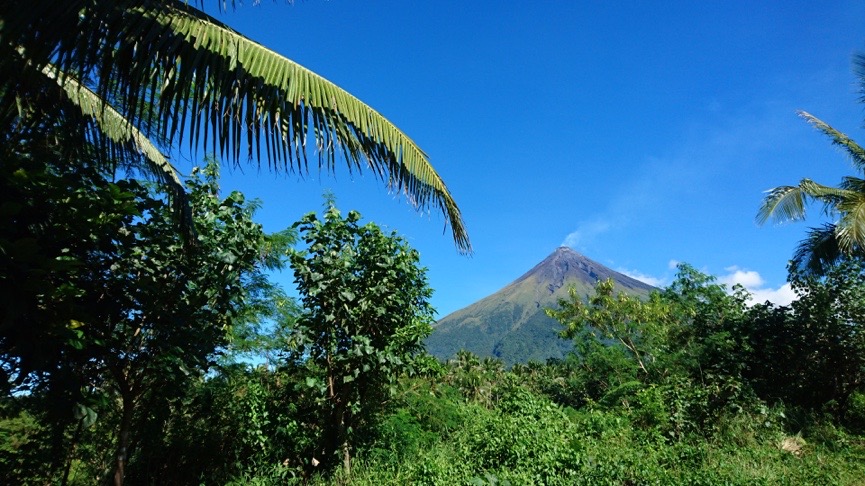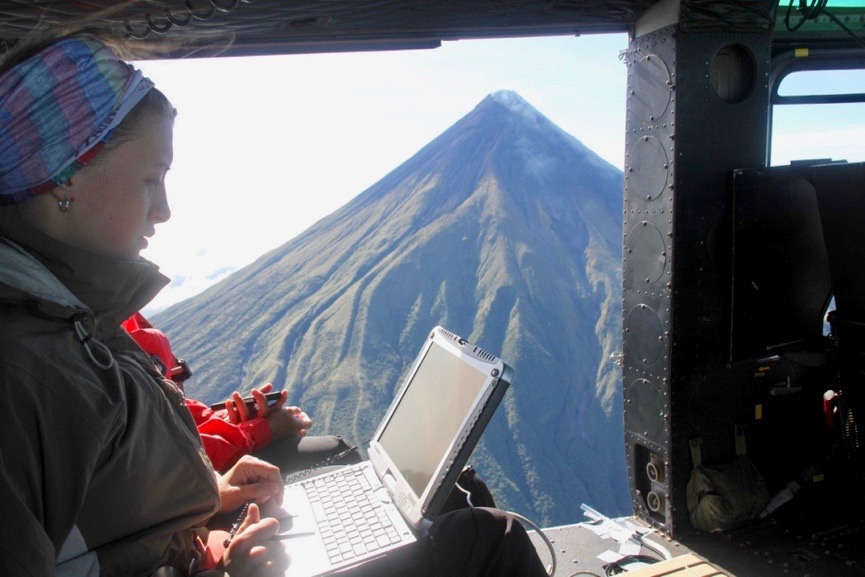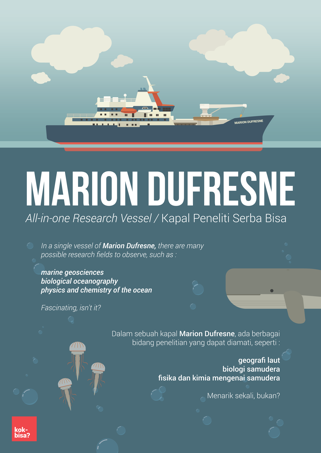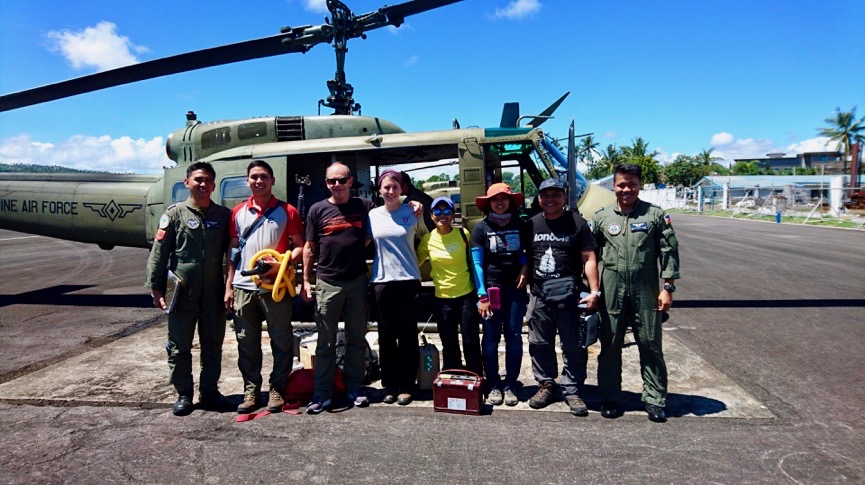As a Research Associate at the Earth Observatory of Singapore (EOS), a large part of my work concerns studying the gaseous emissions from Mount Mayon, in the Philippines. In collaboration with the Philippine Institute of Volcanology and Seismology (PHIVOLCS), we are working to identify the composition of the volcano’s plume, which can help us better understand what is going on beneath the surface.
Measuring gases in a volcanic plume is by no means straightforward. We can quantify the flux of sulphur dioxide via the permanent monitoring network at Mount Mayon, but to retrieve values for other volatiles such as carbon dioxide, water, and hydrogen sulfide, we must sample the plume directly. For this we use a Multi-Gas Analyzing System (MultiGAS) designed by Research Geologist Peter Kelly of the United States Geological Survey.

The infamously majestic Mayon however, provides its own set of challenges with its summit at 2,462 metres (m) above sea level, atop a steep edifice. Since August 2014, a lava dome has occupied Mayon’s crater, posing a risk of dangerous block-and-ash flows in the event of collapse. Being unable to climb to the summit, our only option was to take to the skies.
With my substantial fear of flying, this felt like a moment where my career choice was put into question. But the possibility of obtaining the first composition measurements from Mayon was all too alluring. Together with colleagues from the Philippine Institute of Volcanology and Seismology (PHIVOLCS), and led by Professor Patrick Allard – a world renowned expert in volcanic degassing - we prepared to embark on our journey.
We planned to measure the volcanic gas via a small inlet fixed to the outside of the aircraft. We spent lots of time planning and carefully setting up the instruments to avoid sampling the aircraft’s exhaust. We ensured that the car battery, used to power our MultiGAS, was securely fixed in case of turbulence, and that smaller instruments like the GPS were stowed, so that they did not fall out the plane’s door, which we removed for flight.

Clear skies greeted us on the day we took off from Legazpi airport in our four-seater Cessna bound for Mayon’s summit. It was surreal to depart from exactly where we had arrived just days before on an Airbus 320 from Manila.
Climbing slowly due to the weight of a tiny aircraft full of all our instrumentation, we reached an altitude of just 2,600 m before we encountered engine failure and were forced to descend immediately. A terrifying 25 minutes ensued before fortunately, just minutes before touching the ground, we resumed normal engine function and were able to make a safe landing back in Legazpi.
A couple of coffees and several hours of reflection later, alternative plans were underway. Thanks to the Office of Civil Defense in Manila, and Ed Laguerta - Chief Volcanologist at Mayon Volcano Observatory - we were able to team up with the Philippine Air force, who provided us with two veteran helicopters and a team of eight enthusiastic pilots eager to take on the challenge.

After devising a new flight plan and setting up our research instrumentation all over again, the clouds had moved in and Mayon’s summit was hidden. It was not until the final day of scheduled fieldwork that Mayon’s summit finally came into view. Now in the air, our next challenge was to find the volcanic plume.
With the MultiGAS instrument at my feet and the computer on my lap, we could watch the data coming in in real time. The best tool, however, remained our noses, which could pick up the pungent smell of sulphur as we encountered the volcanic plume gas.
The wind leeward of the volcano was strong and we could feel the helicopter shudder as it battled to maneuver us inside the plume. Ultimately, the winds proved too strong and we were left to sample just the edge of the plume before it bent downwards, clinging to Mayon’s western flank, and out of our reach.

Fortunately, despite the many challenges we successfully retrieved the first data of its kind for Mayon volcano. We intend to return to Mayon next year to repeat the process and collect more data. We hope the second run will be smoother, but we know that it will likely be far from straightforward.
Acknowledgements
This work was funded through a Ministry of Education grant from the Singaporean Government under the lead of Associate Professor Fidel Costa, a Principal Investigator at EOS. Sincere gratitude is reserved for the Philippine Air Force and Office of Civil Defense in Manila who made this fieldwork possible. Great thanks to Ed Laguerta, Ms Mariton Bornas and all PHIVOLCS colleagues with whom EOS continues to collaborate.